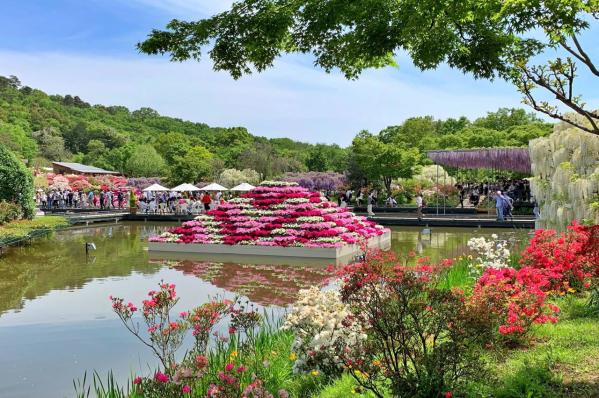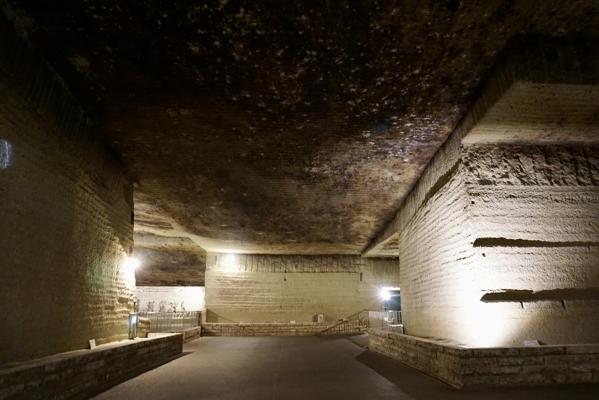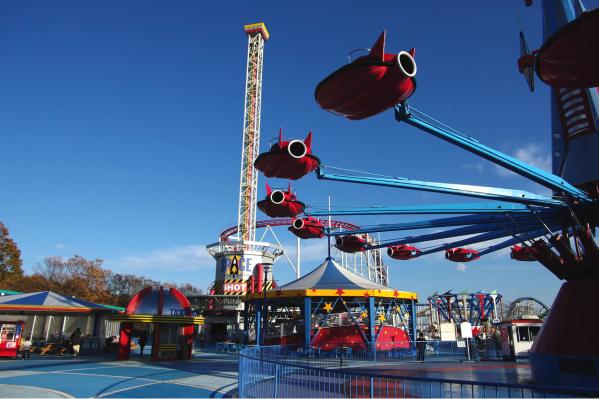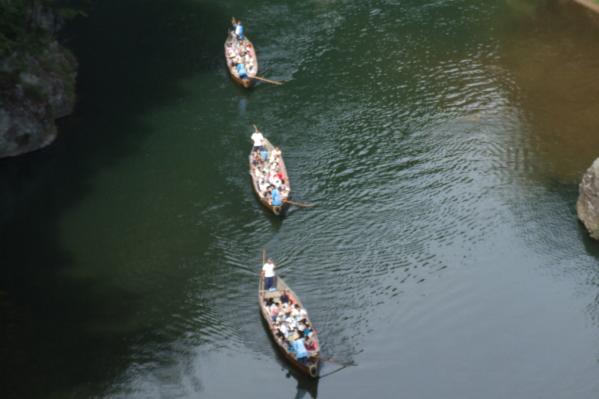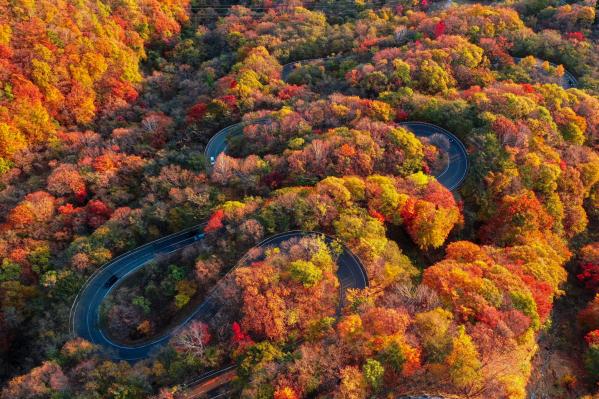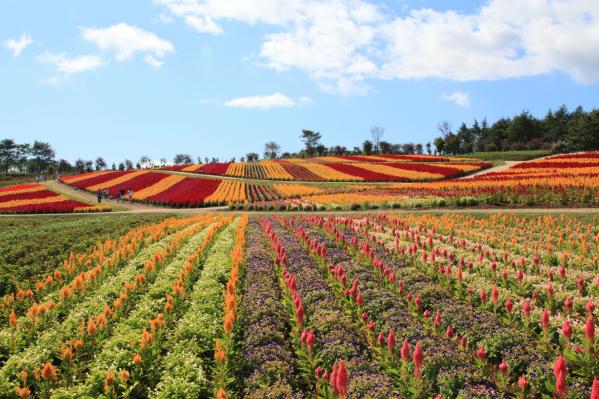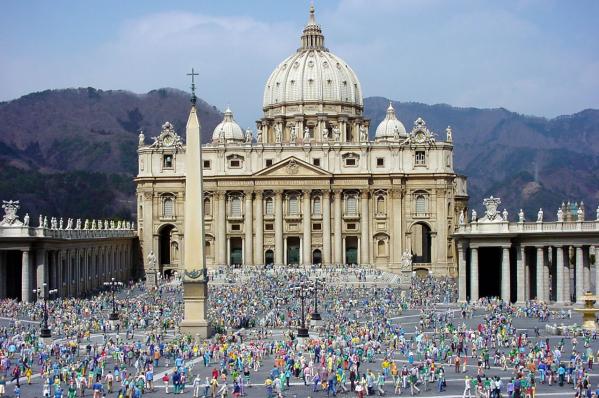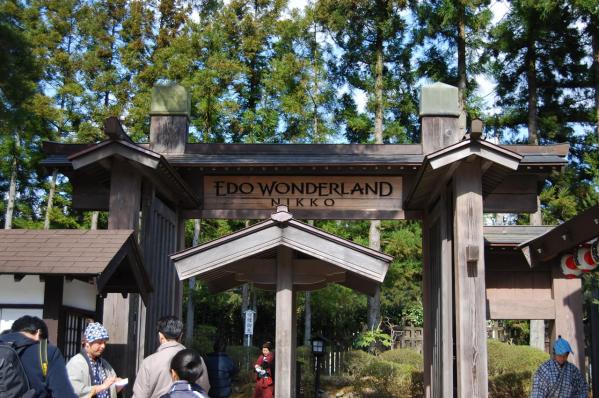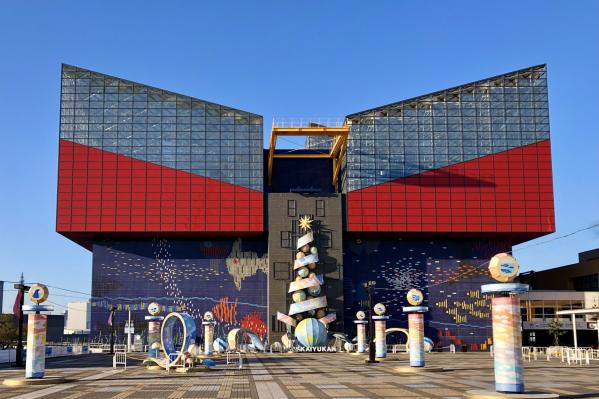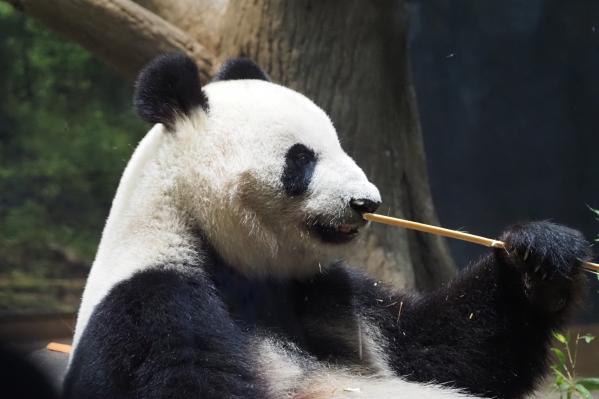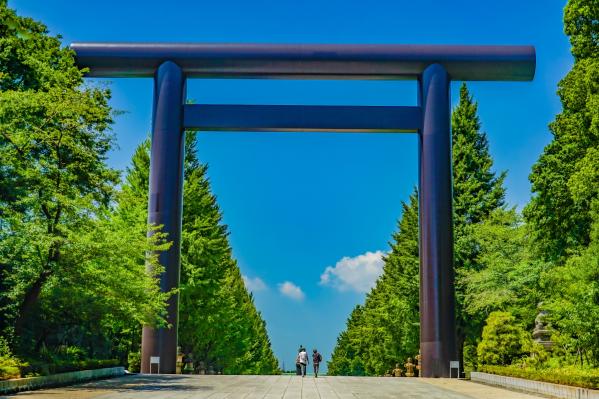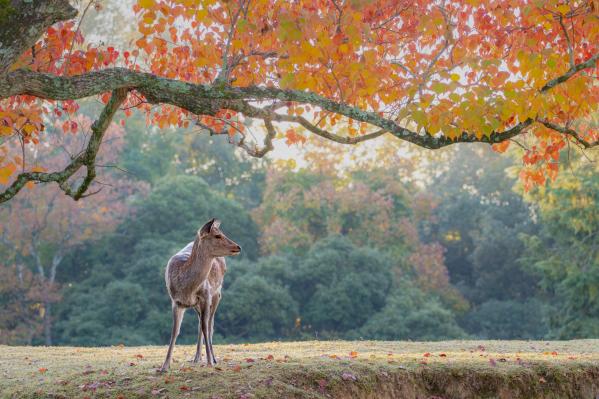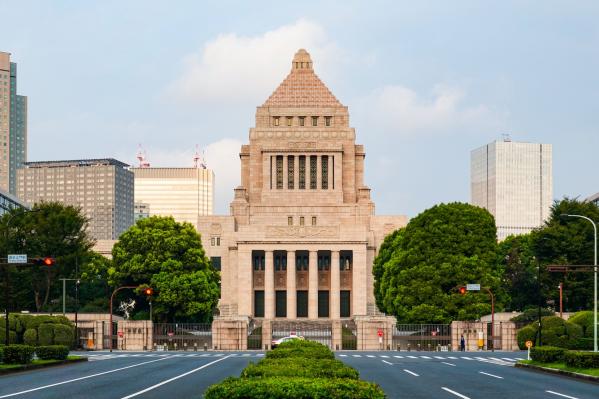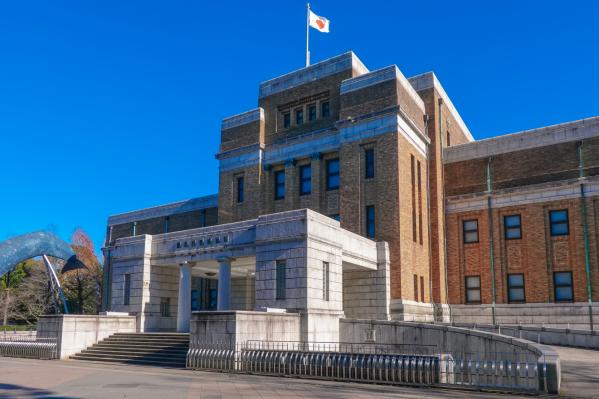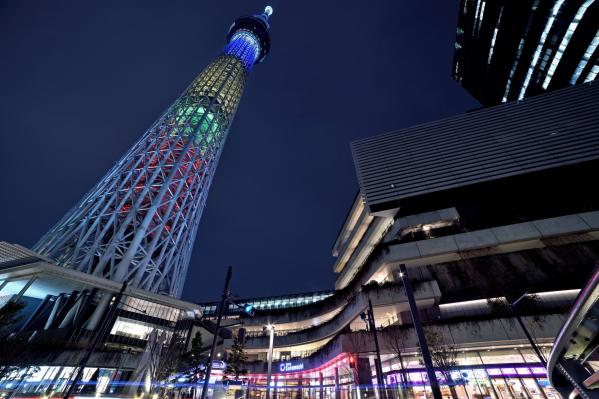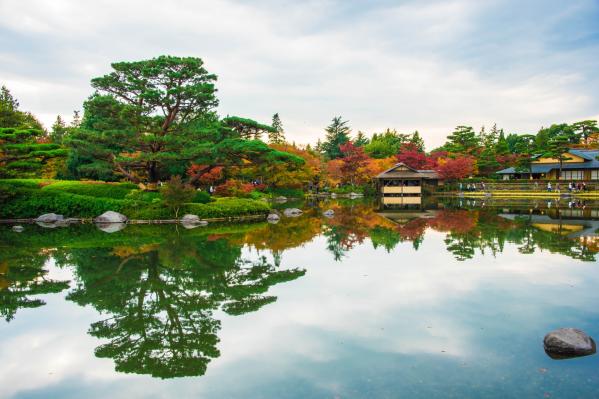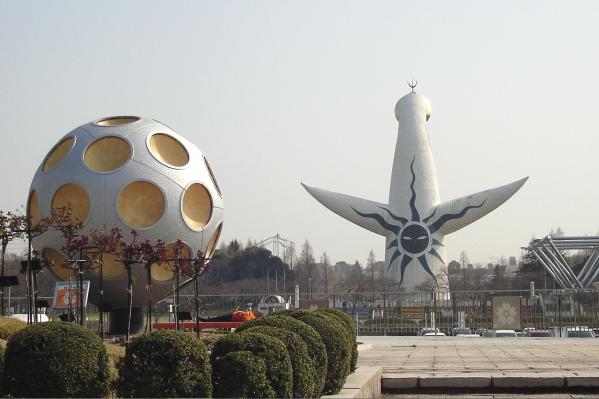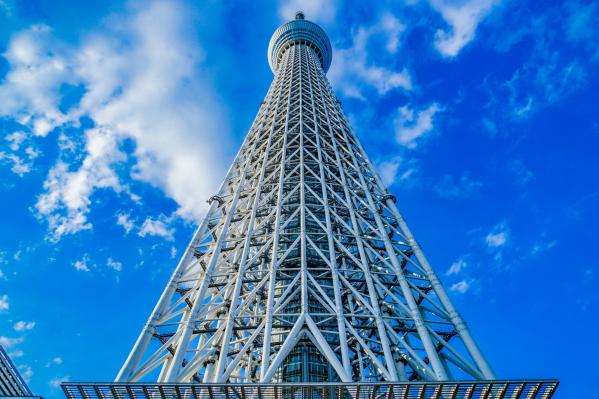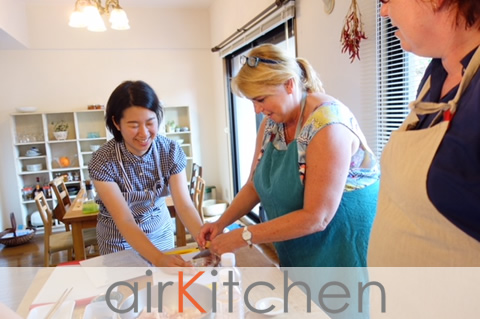Nikko Toshogu Shrine
The site is arranged based on Feng Shui and Yin-Yang thoughts, and it is also known as a power spot. Especially beyond the "Sleeping Cat" and at the burial site of Tokugawa Ieyasu, as well as along the approach to Nikkō Futarasan Shrine, one can feel a mystical energy in many places.
Nikkō Tōshōgū is nestled between Mount Nantai and Mount Nyohō, and its energy is said to be beneficial for "fertility" and "love fulfillment." Furthermore, the ground is very solid, making it resilient to earthquakes.
Throughout the year, several major festivals are held at Nikkō Tōshōgū, particularly the grand festivals in May and October, which feature traditional rituals such as the warrior procession and yabusame (horseback archery), attracting many tourists.
In Nikkō, there are also Nikkōzan Rinnō-ji and Nikkō Futarasan Shrine, which are within walking distance, allowing visitors to explore all three shrines in one visit. These spots provide deep insights into Japan's history, culture, and art.
Basic Information
- Spot Name
- Nikko Toshogu Shrine
- Location
- 〒321-1431 2301 Yamauchi, Nikko City, Tochigi Prefecture, Japan
- Access
- From JR Nikko Station or Tobu Nikko Station, take the Tobu Bus bound for Chuzei Onsen or Yumoto Onsen for about 8 minutes and get off at "Yasukawacho," then walk about 8 minutes.
Alternatively, take the World Heritage Sightseeing Bus from JR Nikko Station or Tobu Nikko Station and get off at "Omotesando," then walk 4 minutes, or get off at "Taiyuin Futarasan Shrine," then walk 5 minutes. - Parking
- Parking available
- Business Hours
- Visiting hours: 8:00 AM to 5:00 PM. (*From November to March, until 4:00 PM.)
- Fees
- Adults and high school students: 1,300 yen; Children (junior high school students and below): 450 yen.
- Contact Information
- Phone Number:0288-54-0560
- Official Website
Map
Detailed Information
▶History
Nikko Toshogu Shrine was established in the third year of Genna (1617) as a shrine dedicated to Tokugawa Ieyasu, the first shogun of the Tokugawa shogunate. Ieyasu was born on December 26, 1542, at Okazaki Castle in Mikawa Province (present-day Okazaki City, Aichi Prefecture). He faced numerous hardships in his youth and managed to unify the warring states, thereby establishing the feudal system. He brought order and structure to society, promoted scholarship and industry, laid the foundation for the 260 years of peace and culture during the Edo period, and made significant contributions to the development of modern Japan.
Ieyasu passed away at the age of 75 in Sunpu Castle (present-day Shizuoka City) on April 17 of the second year of Genna, shortly after which he was enshrined at Kunozan. According to his will, he was moved from Kunozan to the current location a year later, on April 15 of the third year of Genna, where he was honored. The formal relocation ceremony took place on April 17 of the same year in the presence of then second shogun Hidetada and other officials, with the shrine officially established as Toshogu Shrine. Later, in the second year of Shoho (1645), the shrine was granted its current name, Toshogu.
The main shrine buildings seen today were reconstructed in the 13th year of Kanei (1636) under the directive of the third shogun, Iemitsu.
▶Annual Festival - Grand Festival
The Grand Festival, known as Reitaisai, is held on May 17 and 18. On May 17, starting at 10 AM, the "Reitaisai" is conducted at the main shrine with the attendance of the Tokugawa family, members of the Sanboku Association, and numerous guests. From 1 PM onwards, a horseback archery event, "Yabusame," performed by the Ogasawara school, is dedicated at a special venue along the approach. In the evening, three portable shrines, or mikoshi, make their way to Futarasan Shrine, where the "Yoinarisai" is held by the shrine priests from both shrines.
On the 18th, starting at 11 AM, the "Mikoshi Togyo Matsuri" unfolds, featuring the "Hyakumonozoroi Sen'nin Musha Gyoretsu," a procession of over 1,200 participants dressed as warriors and others, heading towards the resting area of the deities. Special offerings known as "Sanbon date nanajugo zen" are presented at the resting area, along with ritual prayers from the head priest and performances of the Yatome Kagura and Azuma_asobi. After the rituals conclude, the procession returns to Toshogu Shrine.
▶Overview of the Shrine - World Heritage Site
Most of the current shrine complex was rebuilt in the 13th year of Kanei (1636), twenty years after its establishment. It consists of 55 buildings, including the Yomeimon (National Treasure), requiring 568,000 ryo of gold, 100 kan of silver, and 1,000 koku of rice (according to the "Inventory of the Construction of Nikko Toshogu"). The chief overseer of the construction was Lord Yasutomo Akimoto, while the main carpenter was Toyohiro Koura, who managed to complete the construction in just one year and five months.
The shrine grounds feature a path and steps designed to integrate with the natural terrain, resulting in a solemn religious atmosphere created by the harmonious arrangement of the shrine buildings. Moreover, the structures are adorned with lacquer and vivid colors, and many carvings decorate the pillars. These elements represent forms of faith, scholarship, and thought, rather than mere decorative design.
Additionally, these shrine buildings were registered as a UNESCO World Heritage Site in December 1999.
▶Heisei Era Restoration
The major restoration project of Toshogu Shrine began in April 1950 and was largely completed with the end of the second phase of work in March 1986, during which repairs were carried out on 40 designated buildings. Following this, the third phase focused on maintenance and care and continued until the 2002 fiscal year.
Now, half a century after the major restoration, the main shrine buildings are beginning to show signs of deterioration, including wood decay necessitating further repair work. Since the third phase involved seasonal repairs for the upper storehouse and other structures, work commenced in the 1997 fiscal year, and from the 2003 fiscal year, the fourth phase began. This phase focused on the significant repairs of key structures, such as the worship hall and the eastern and western fences, which were completed by April 2013.
The ongoing aging repair, initiated in the 1997 fiscal year, has now transitioned to the fourth phase. A long-term plan for repair work spans the next 22 years until the 400th anniversary of Ieyasu's death in 2024. Repairs will continue on the main hall, stone chamber, and the Yomeimon, which has just started the repair work as of the 2013 fiscal year.
The first phase of the fourth phase repair (from 2003 to 2006, involving one upper storehouse) is already completed. The second phase (from 2007 to 2012, involving six buildings: the eastern and western fences, the main gate, mikoshi storehouse, stone chamber, and worship hall) has just been completed.
Nikko Toshogu Shrine Movies
Tochigi Tourist Attractions
View ListAshikaga Flower Park
Ashikaga Flower Park is a paradise of flowers and lights that has won first place in the national illumination event category. Throughout the park, flowers bloom in ...
Oya History Museum
The Otani Museum is a place where you can learn about the history of the extraction of Otani stone. The exhibition hall showcases tools and mining methods from the h...
Nasu Highland Park
Nasu Highland Park is one of the largest amusement parks in the Kanto region, offering fun for both children and adults. The park features a variety of attractions, ...
Kinugawa River Boat Ride
The Kinu River's line descent, a masterpiece of natural gorge beauty, is a signature attraction of Kinu River tourism. You can board a shared boat and enjoy the uniq...
Nasu Flower World
Nasu Flower World is a vast flower park located in the Nasu Highlands. The colorful flower fields resemble a painting and are cherished as the geoglyph of Nasu Hana ...
Tobu World Square
Tobu World Square is a theme park with the theme of "Preserving World Heritage and Architectural Culture," featuring meticulously recreated replicas of famous sites ...
EDO WONDERLAND
EDO WONDERLAND Nikko Edo Village is a cultural park where you can experience the culture of the Edo period firsthand. The expansive grounds feature meticulously recr...
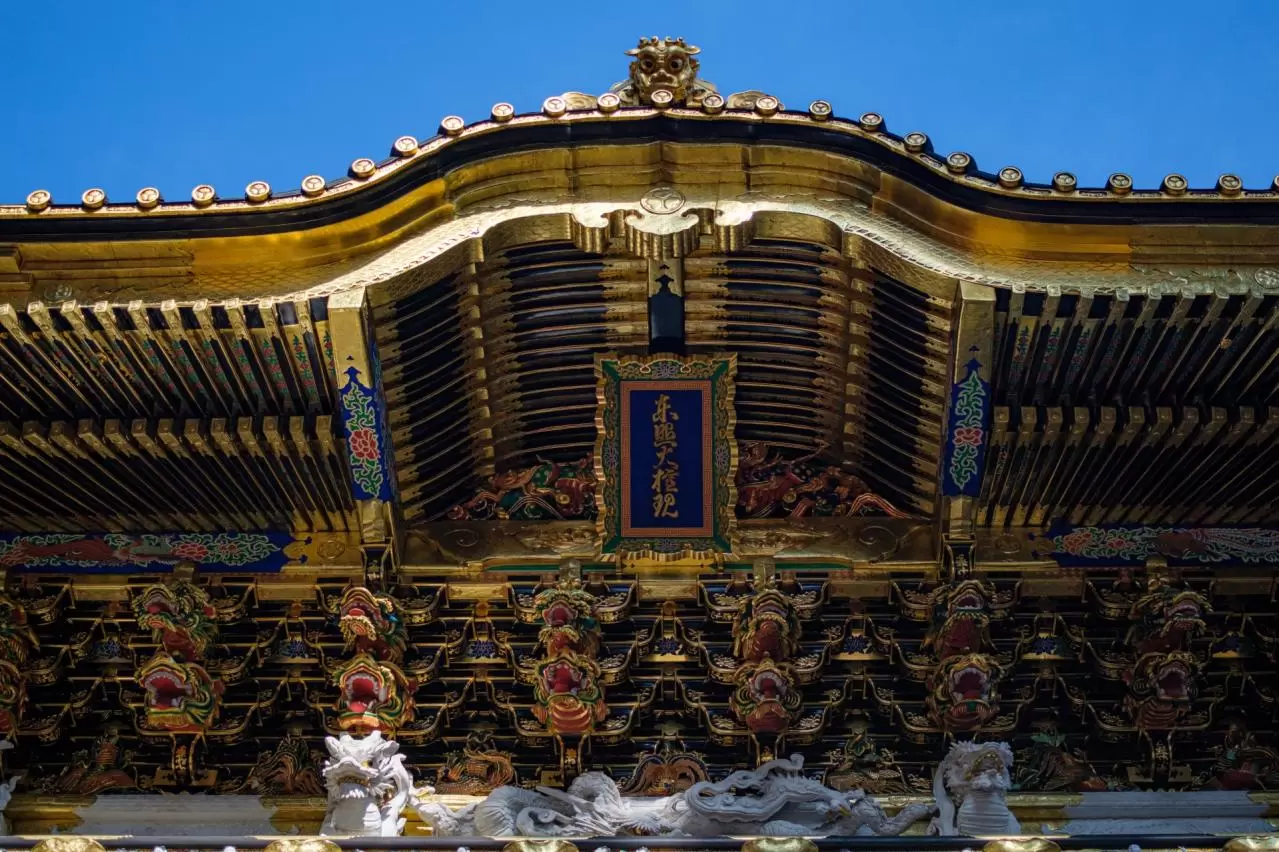
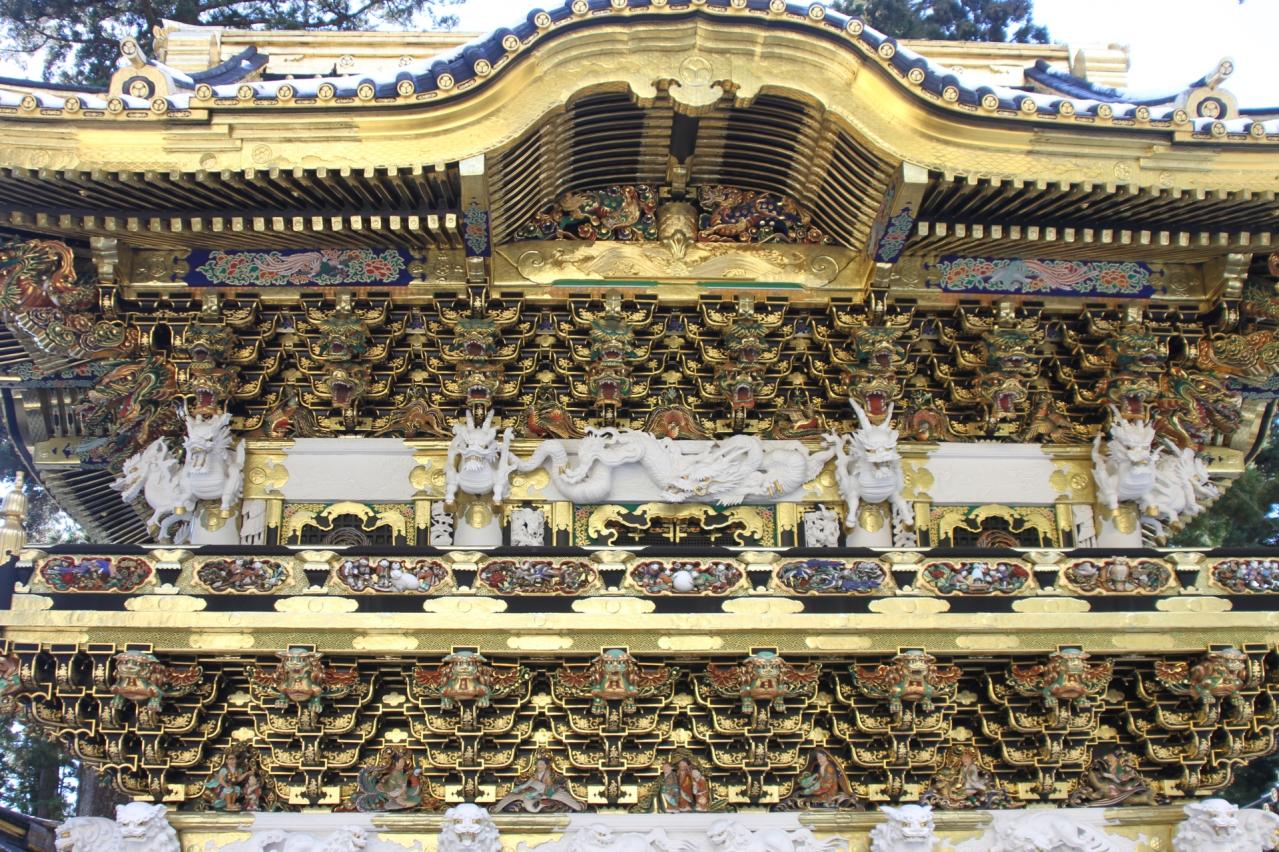
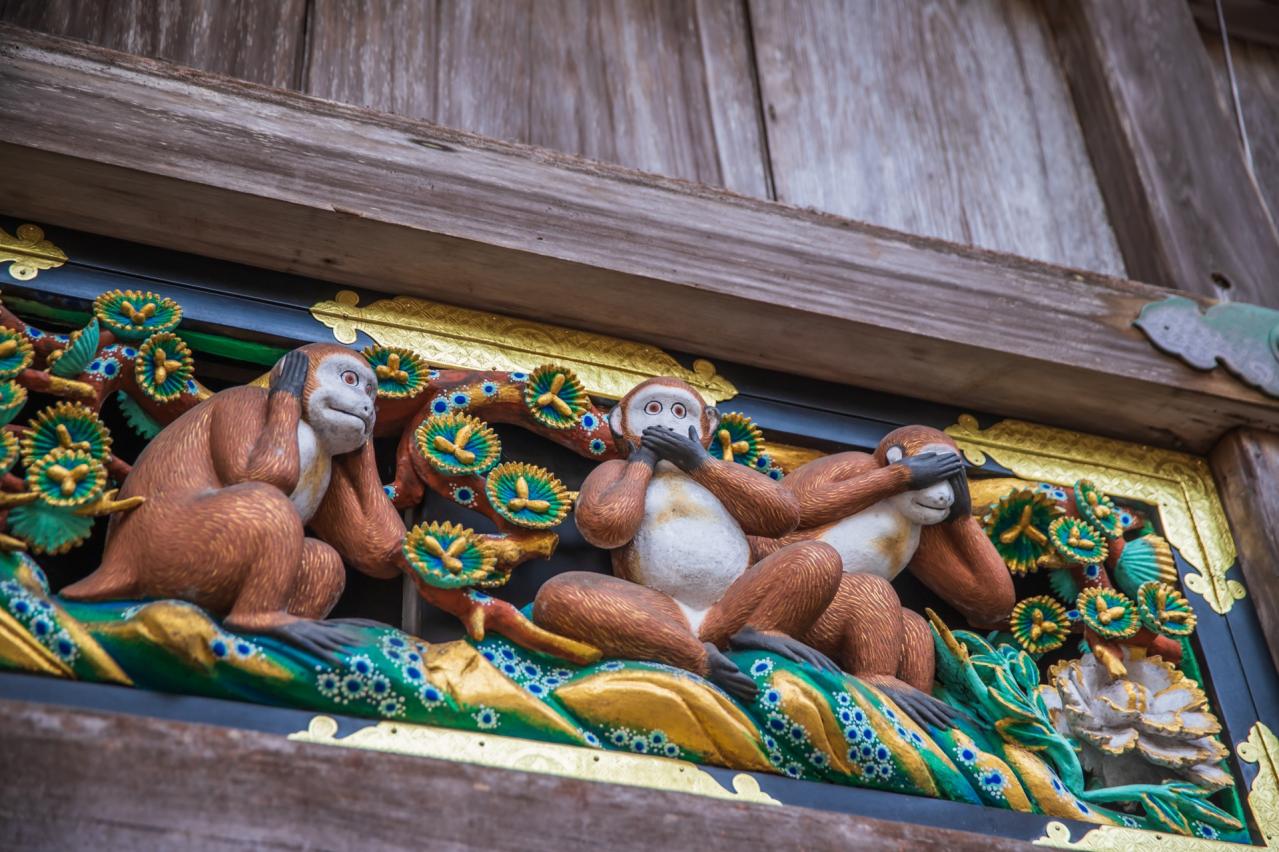
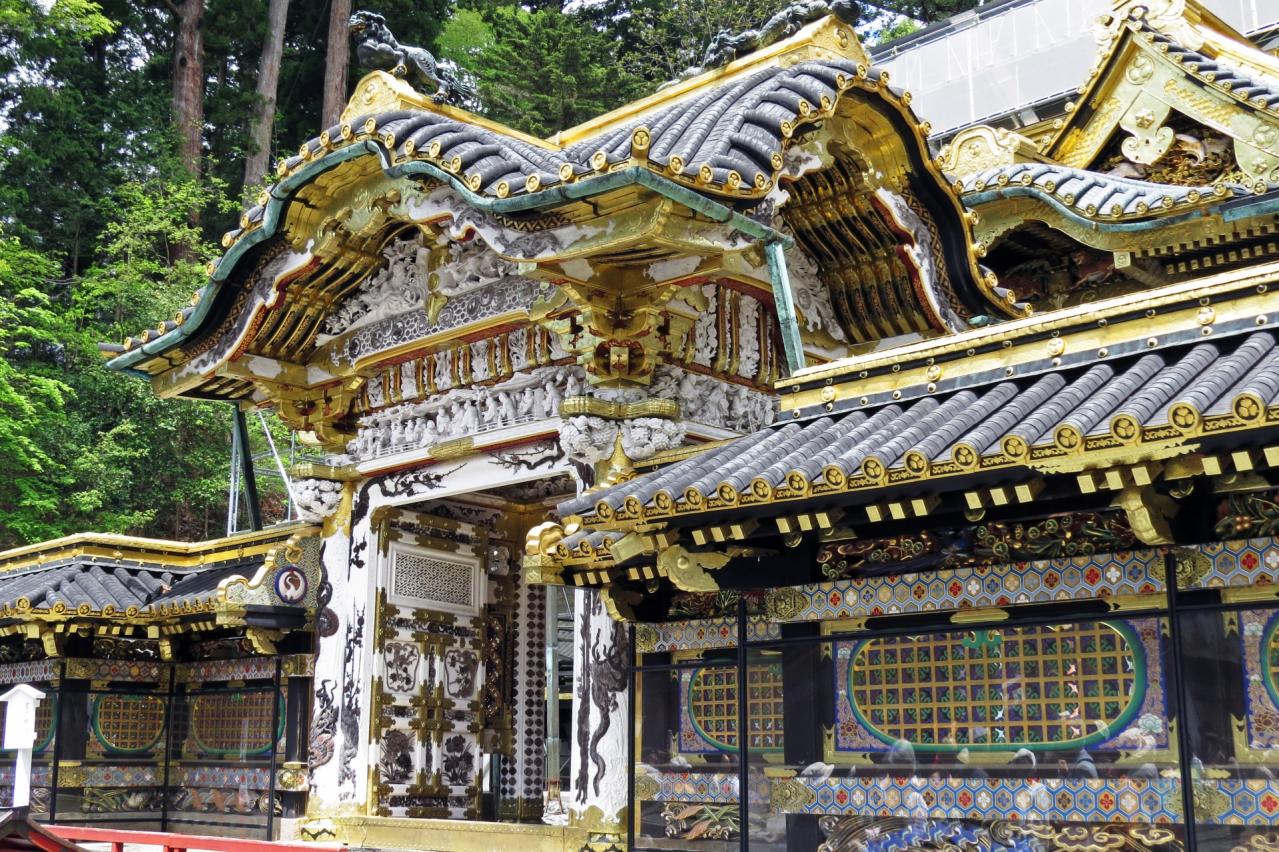
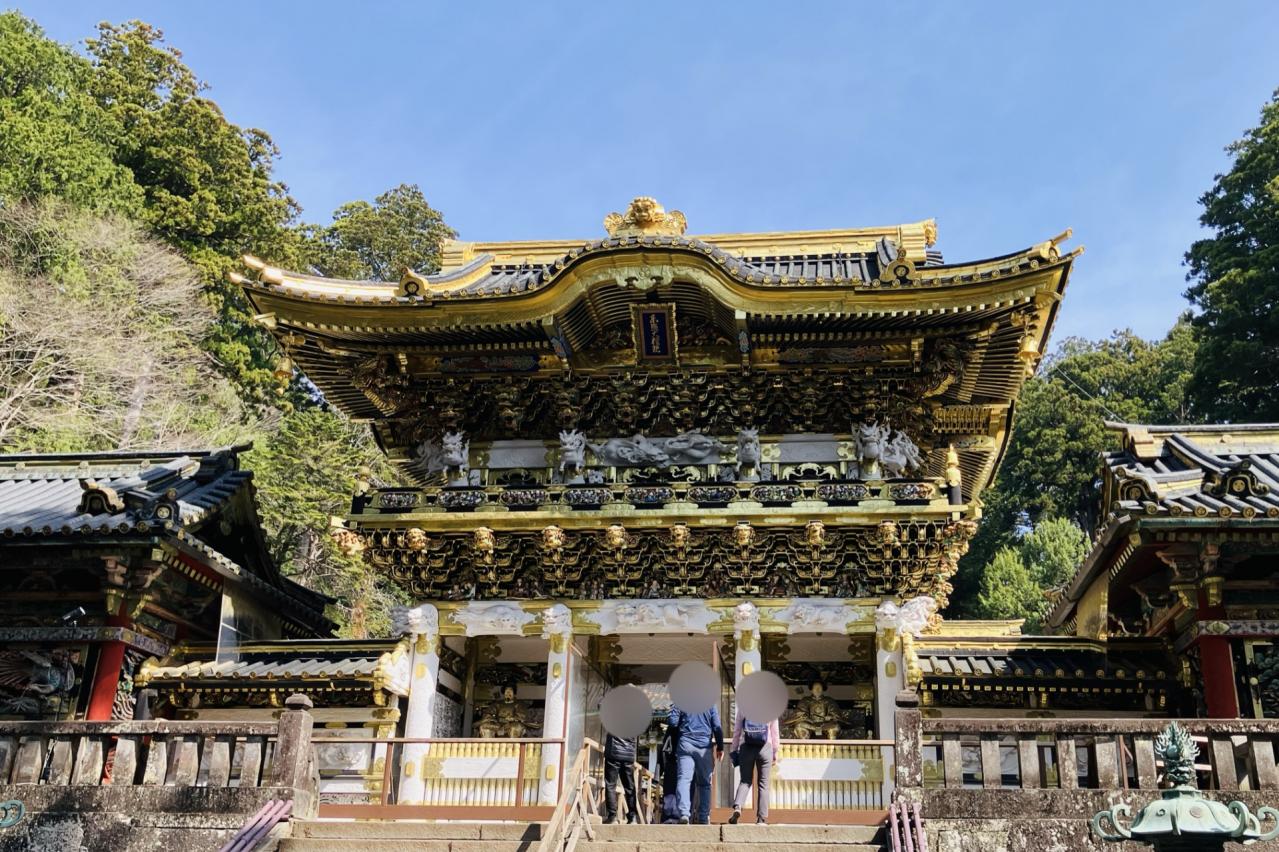
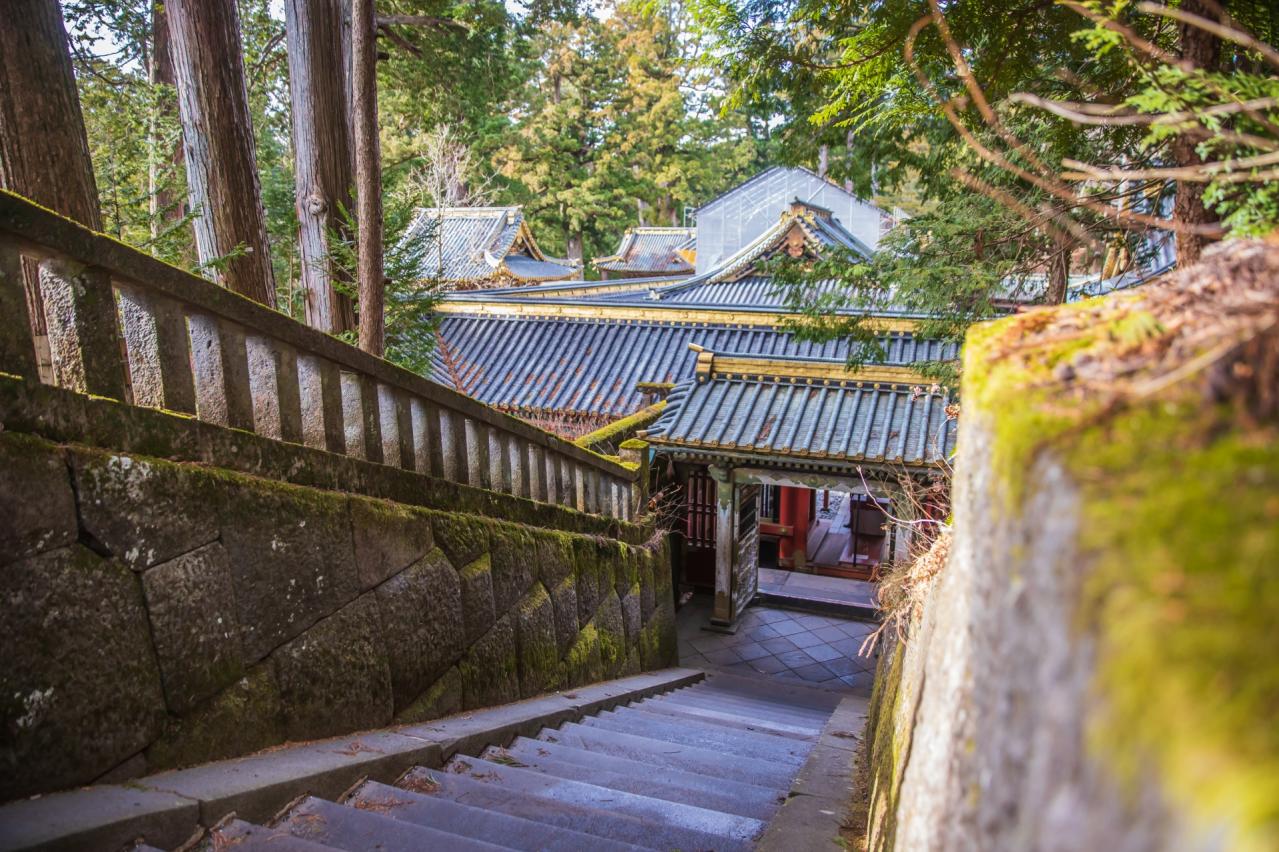
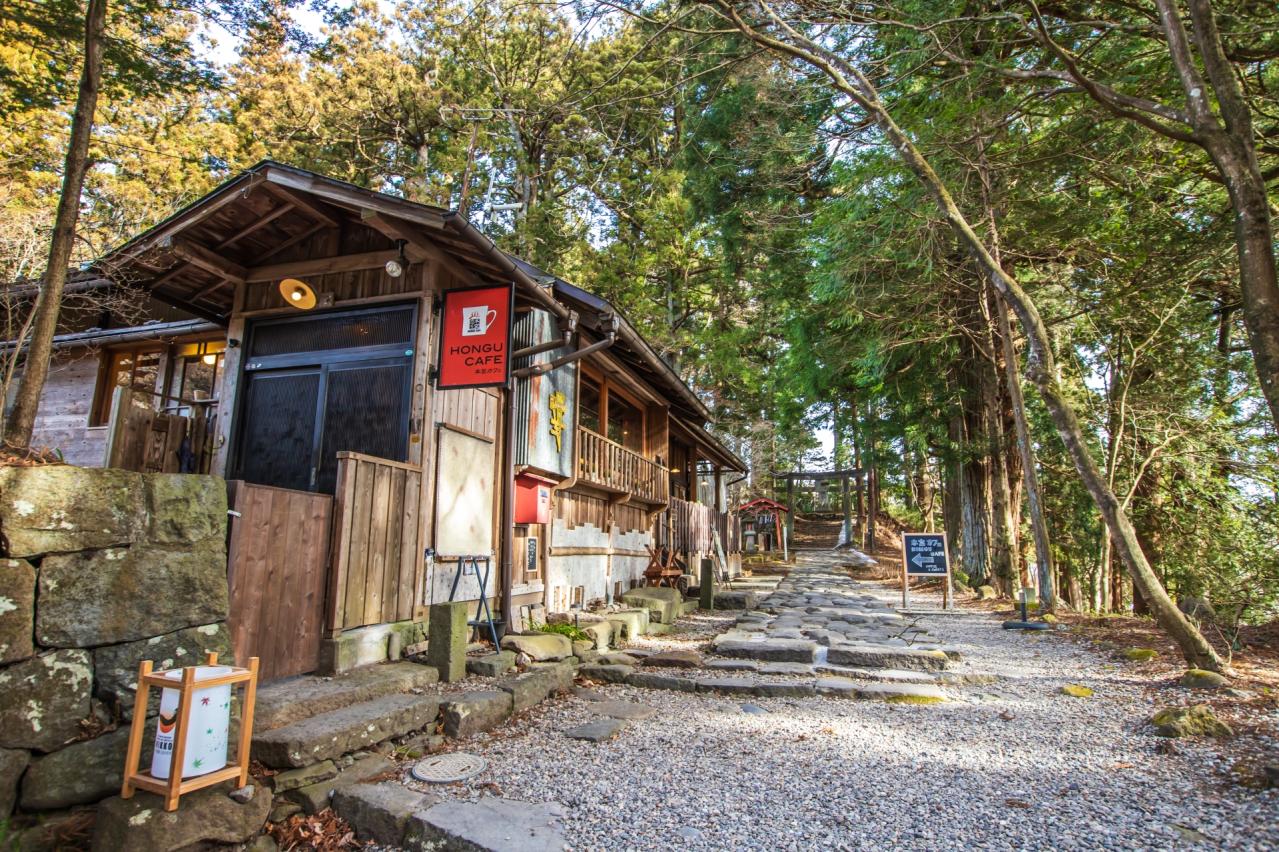
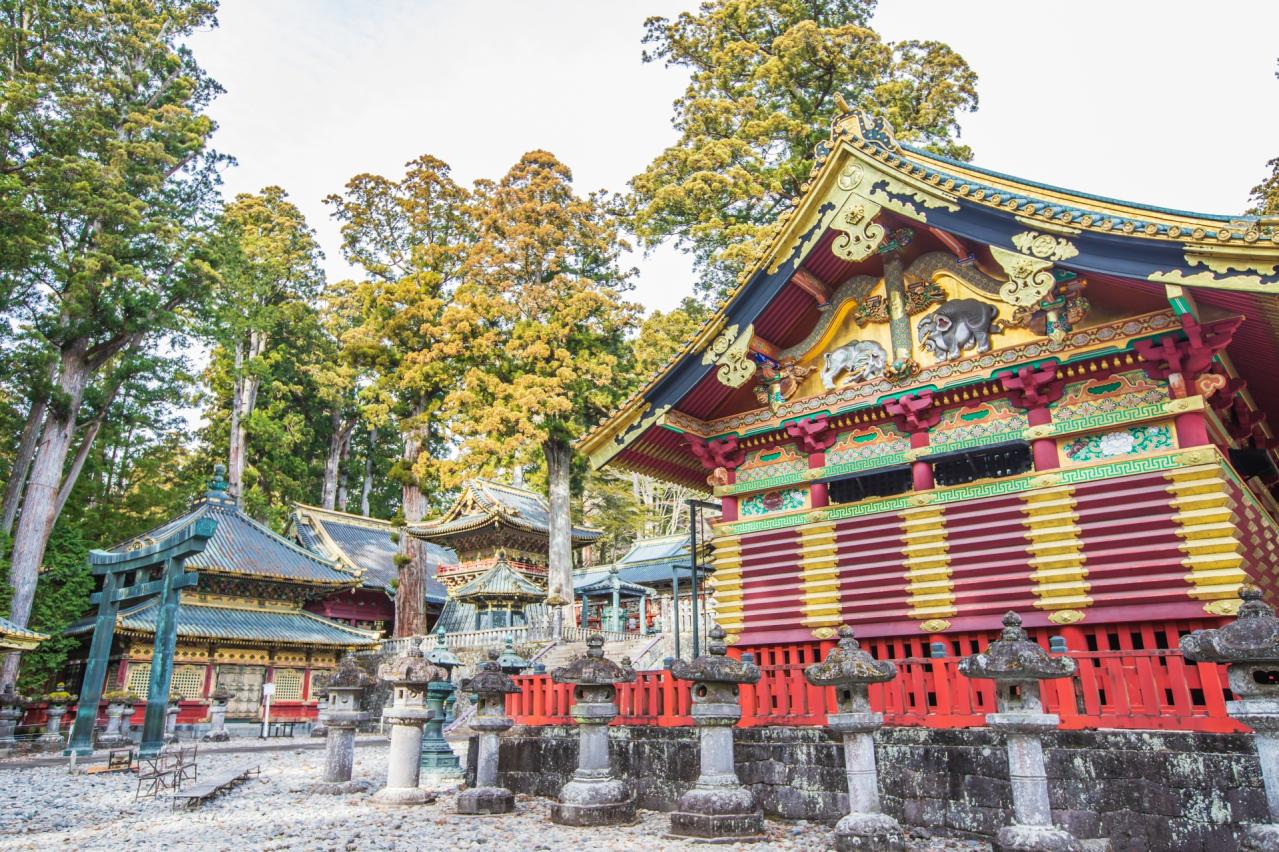
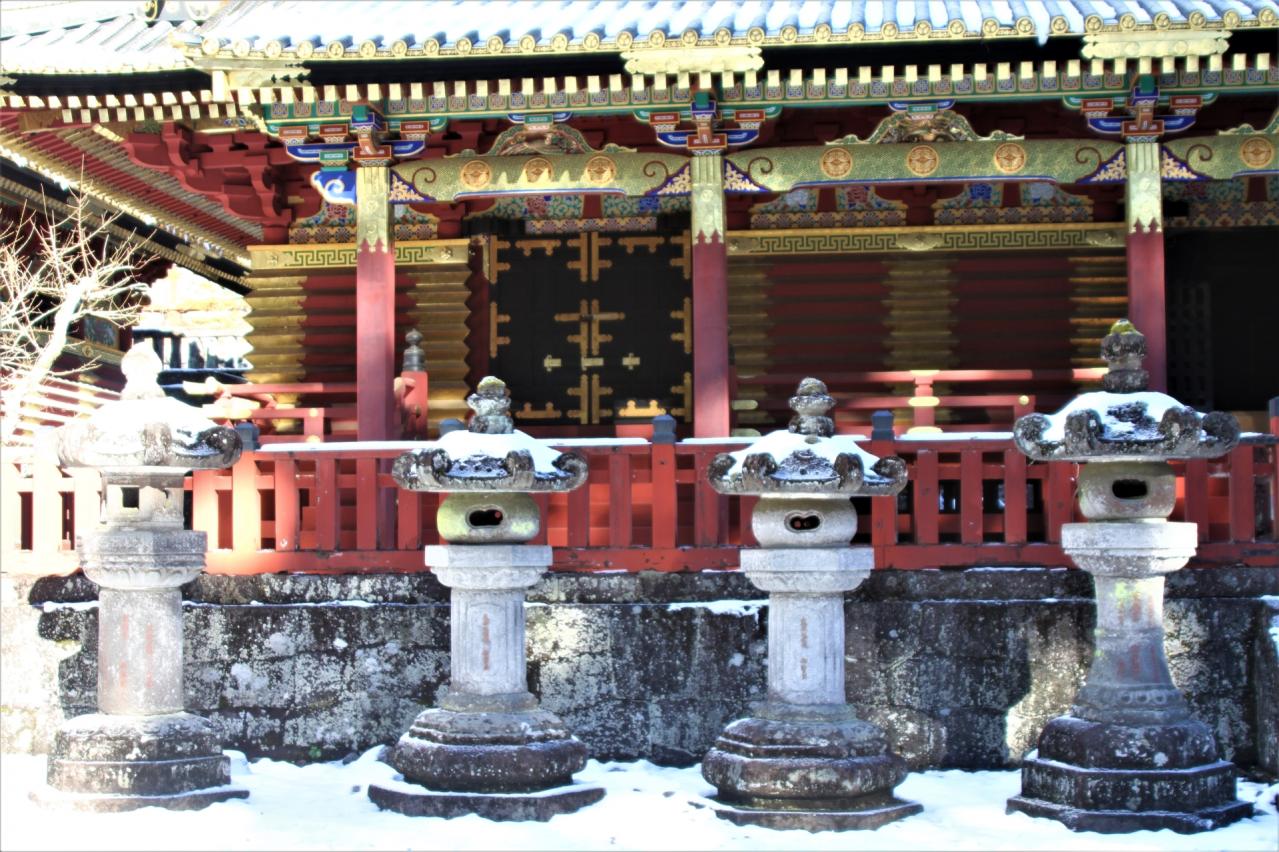
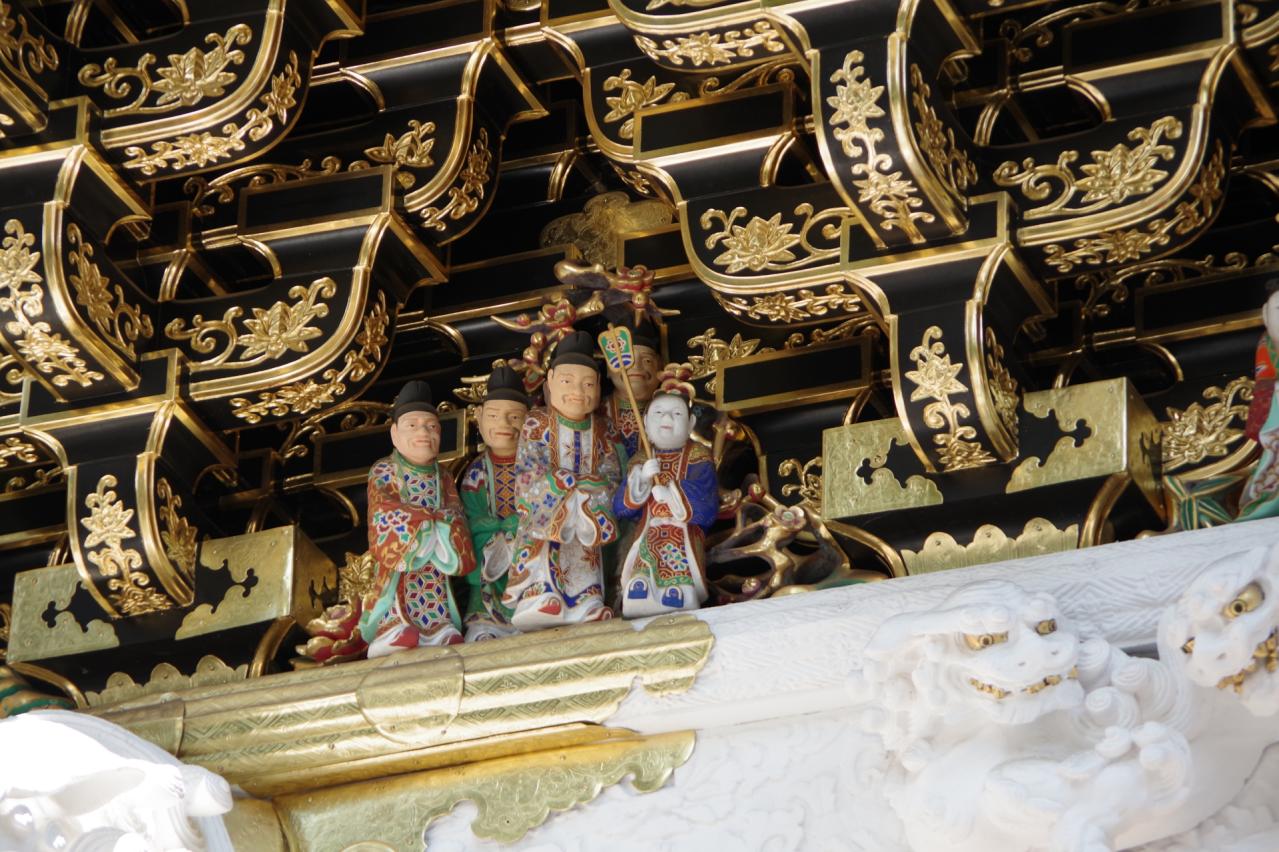
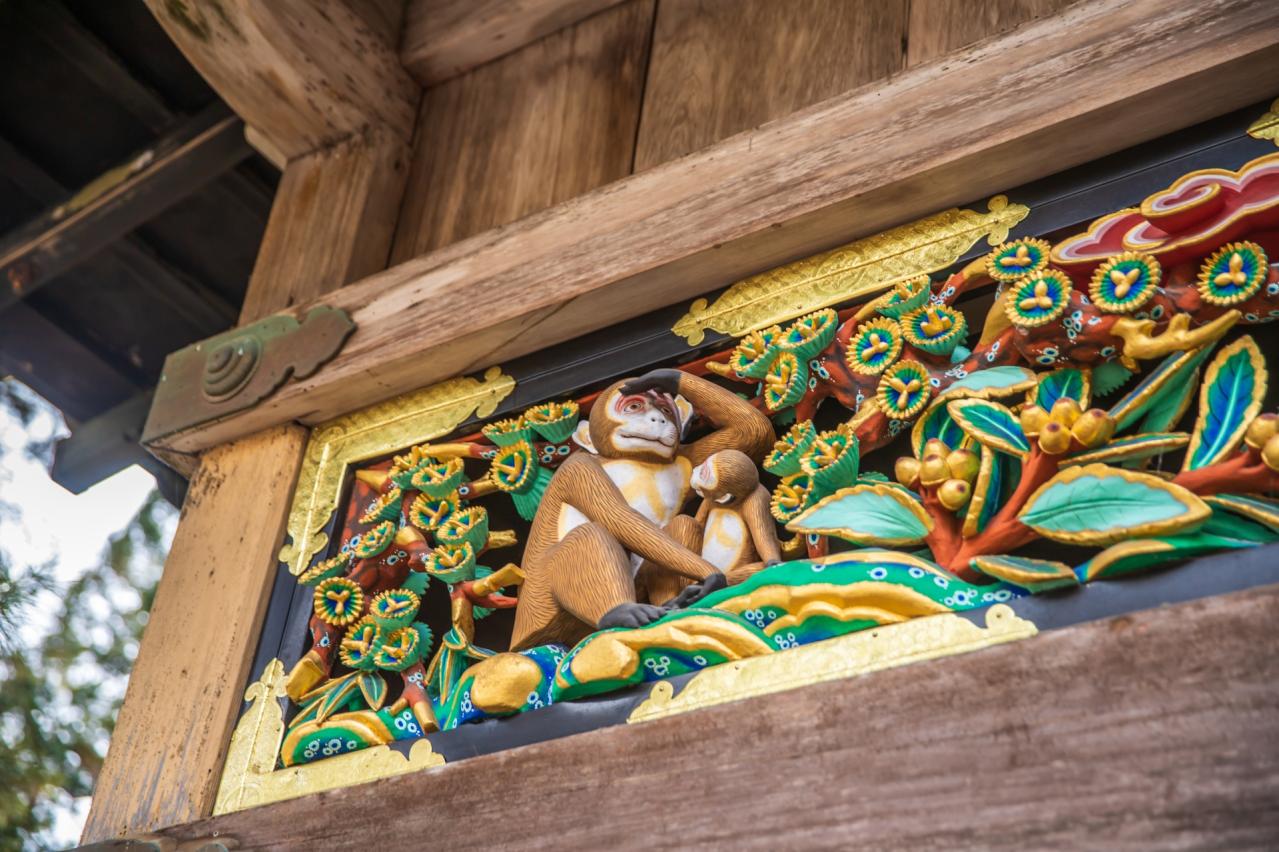

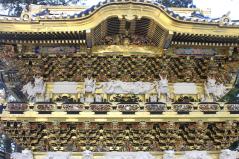
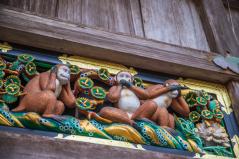
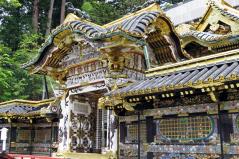
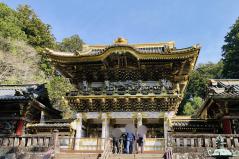
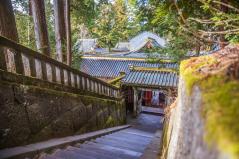
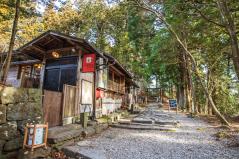
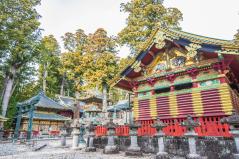
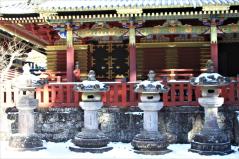
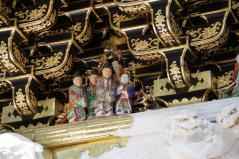
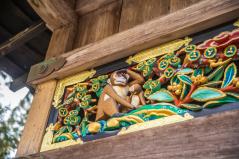
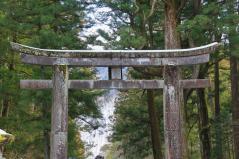
![[ 日光 日帰り旅 ] 都会から離れてリフレッシュする🌱 | 日光東照宮,食べ歩き🙈🙊🙉](https://i.ytimg.com/vi/ZFX5W-jlEjE/mqdefault.jpg)







